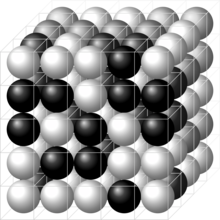More on scale invariant functions
Posted by David Zaslavsky onBack in February I did a post on scale invariant functions of one variable. These are functions that satisfy the condition
Depending on which source you look at, you might find a more specific definition, but I think this is the most general condition that you can sensibly use to call a function scale invariant. Under this definition, I showed that all scale invariant functions of interest to physicists are power laws, of the form
Homogeneous functions
There is a related concept called a homogeneous function (thanks to that site’s creator, Ondřej Čertík, for pointing it out), defined as those functions \(h(x)\) which satisfy
for some \(k\), called the degree of homogeneity. While the definition is similar to the one I’m using for scale invariant functions, it’s less restrictive. A homogeneous function has to satisfy the condition for only one particular choice of \(C(\lambda)\), not any arbitrary choice, so you can have homogeneous functions which are not scale invariant.
Multivariate scale invariant functions
The definitions of homogeneous functions apply to multivariate functions too, so let’s see …
